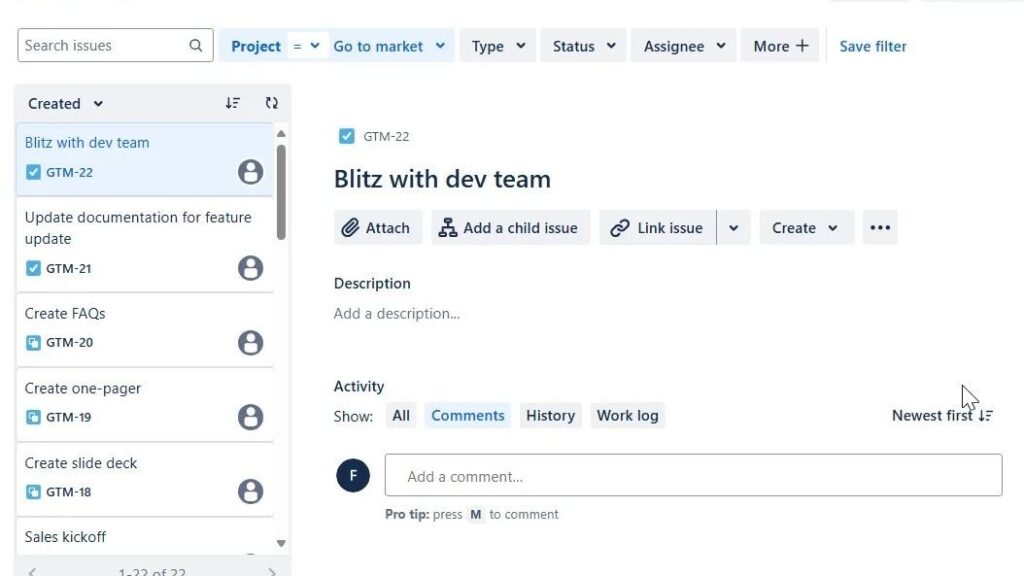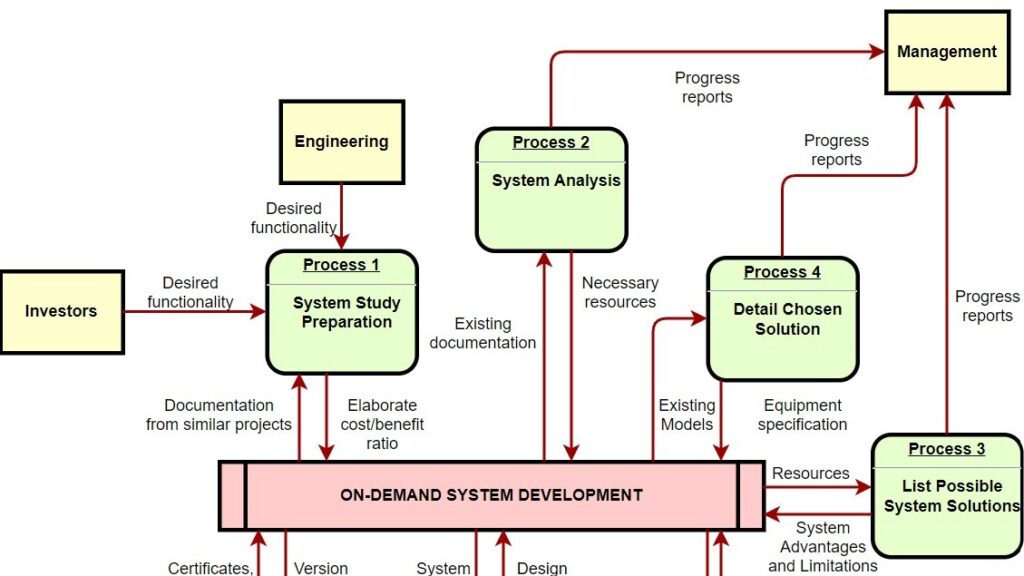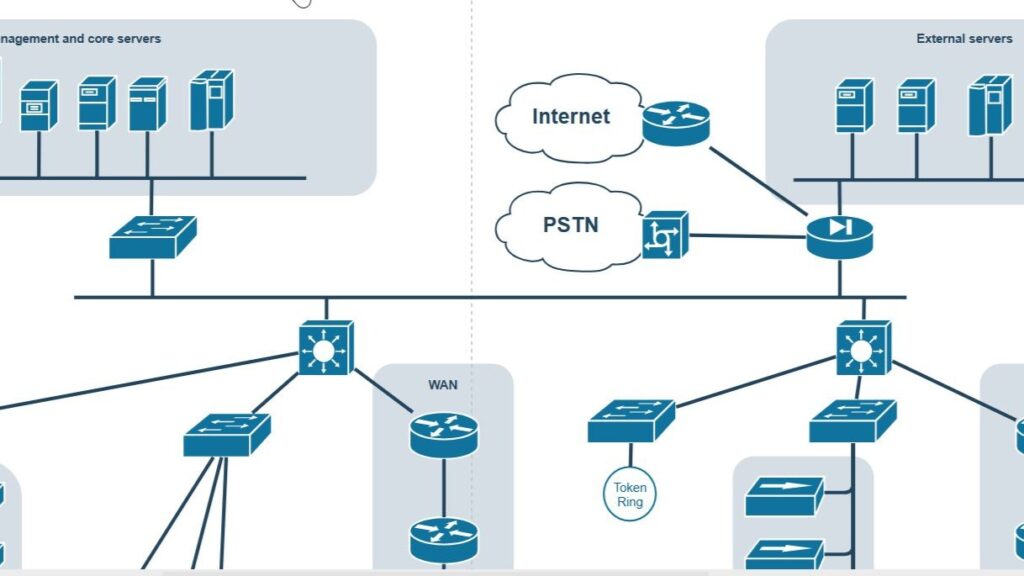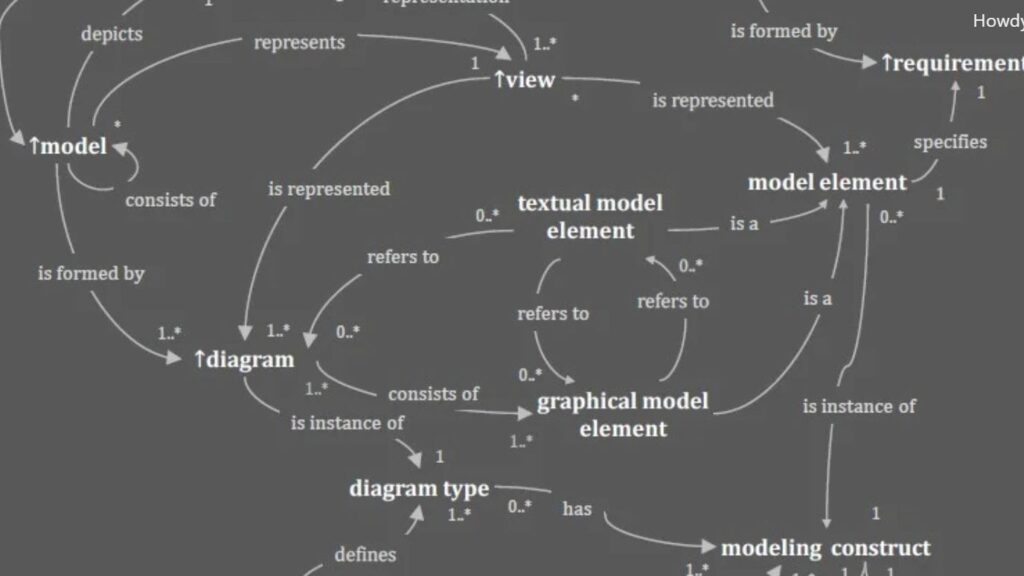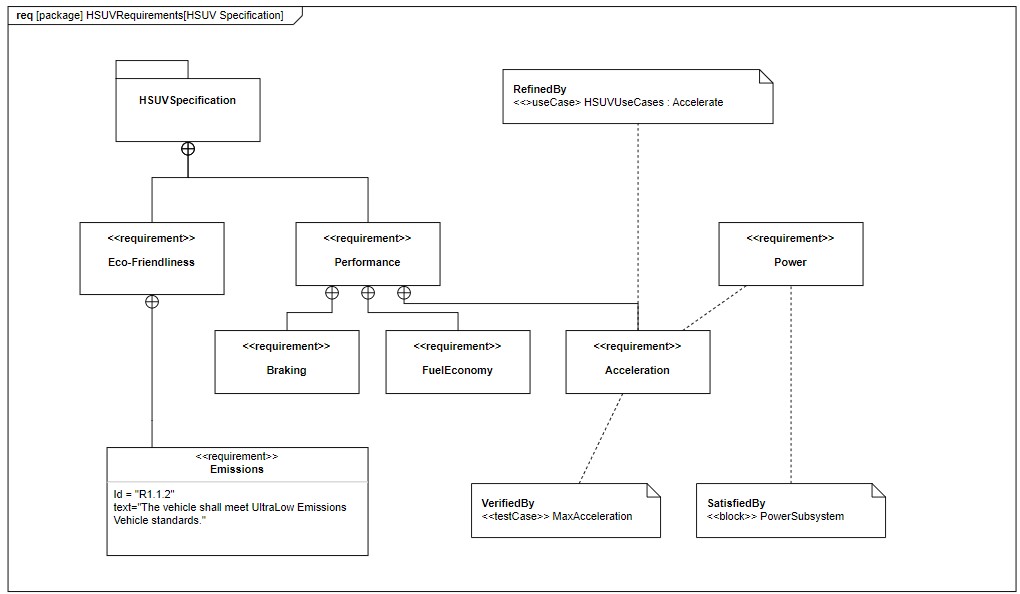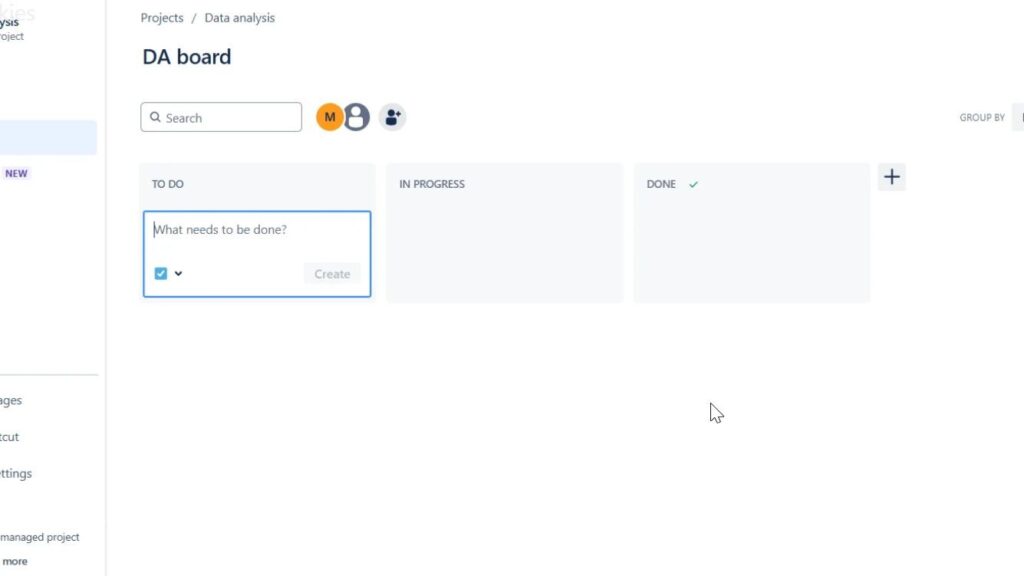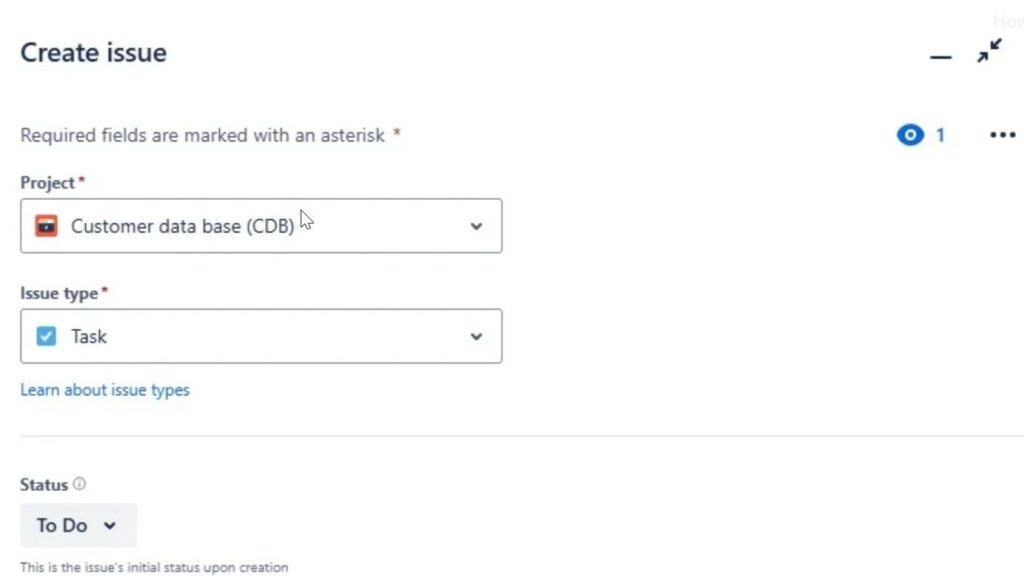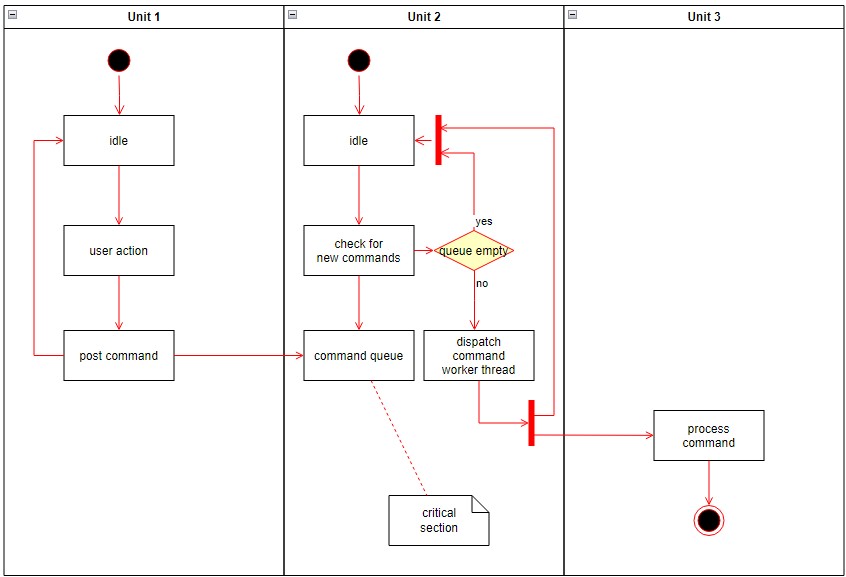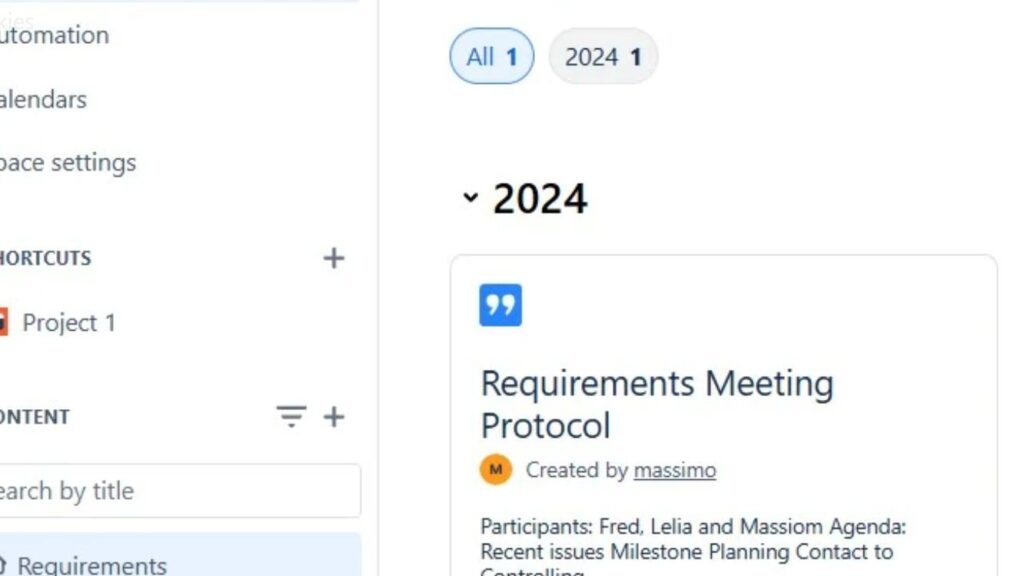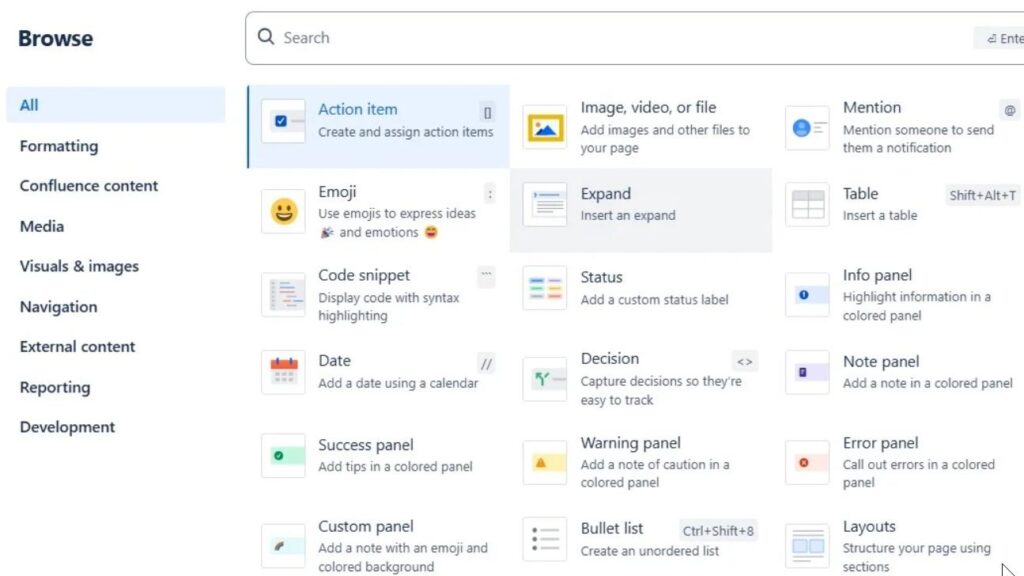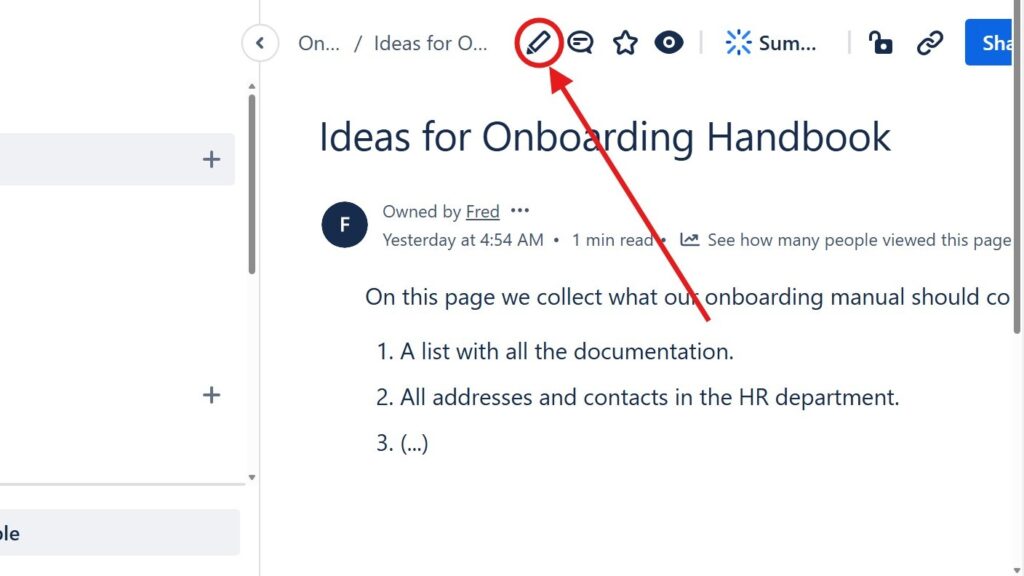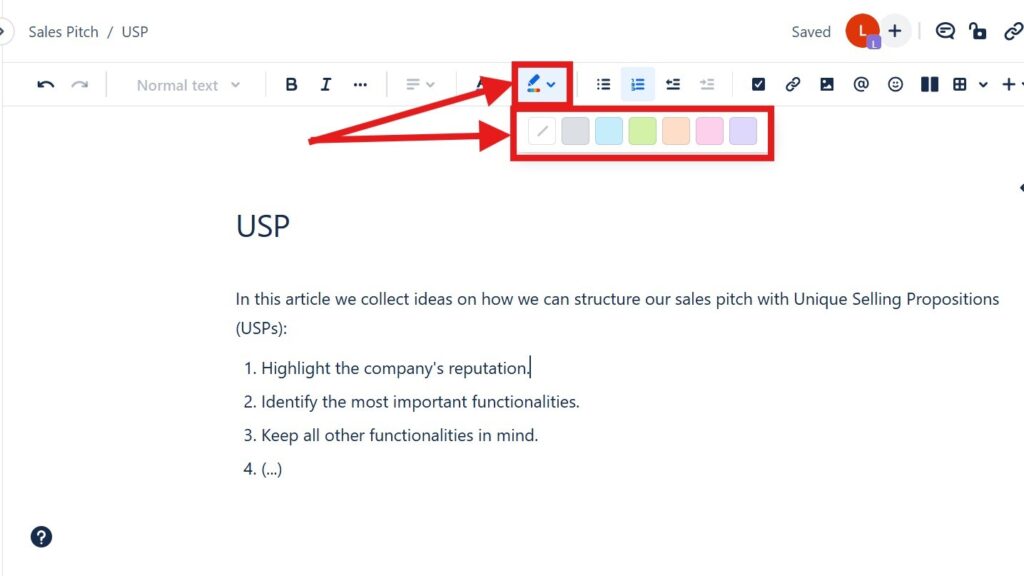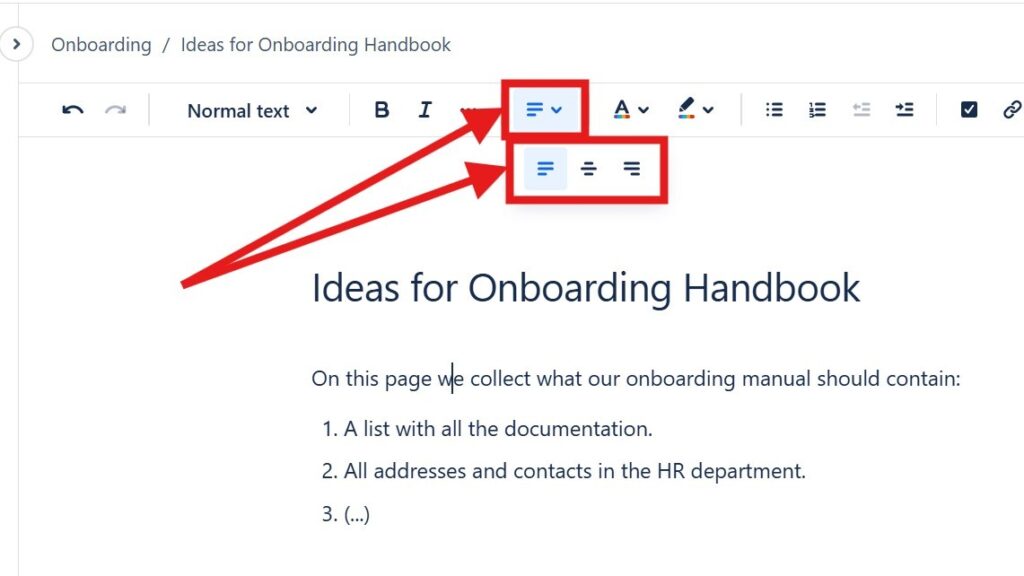Introduction to Jira Projects: Streamline Your Workflow with Ease
If you want to improve your project management workflow, Jira Projects provide powerful tools to help you plan, organize, and collaborate effectively. In this introduction, I’ll walk you through the key features that make Jira Projects so valuable for teams. You’ll learn how to manage tasks, track progress, and boost efficiency with ease. Let’s explore how Jira Projects can transform your team’s way of working and bring more structure and clarity to every project.
Introduction to Jira Projects: Streamline Your Workflow with Ease Read More »


